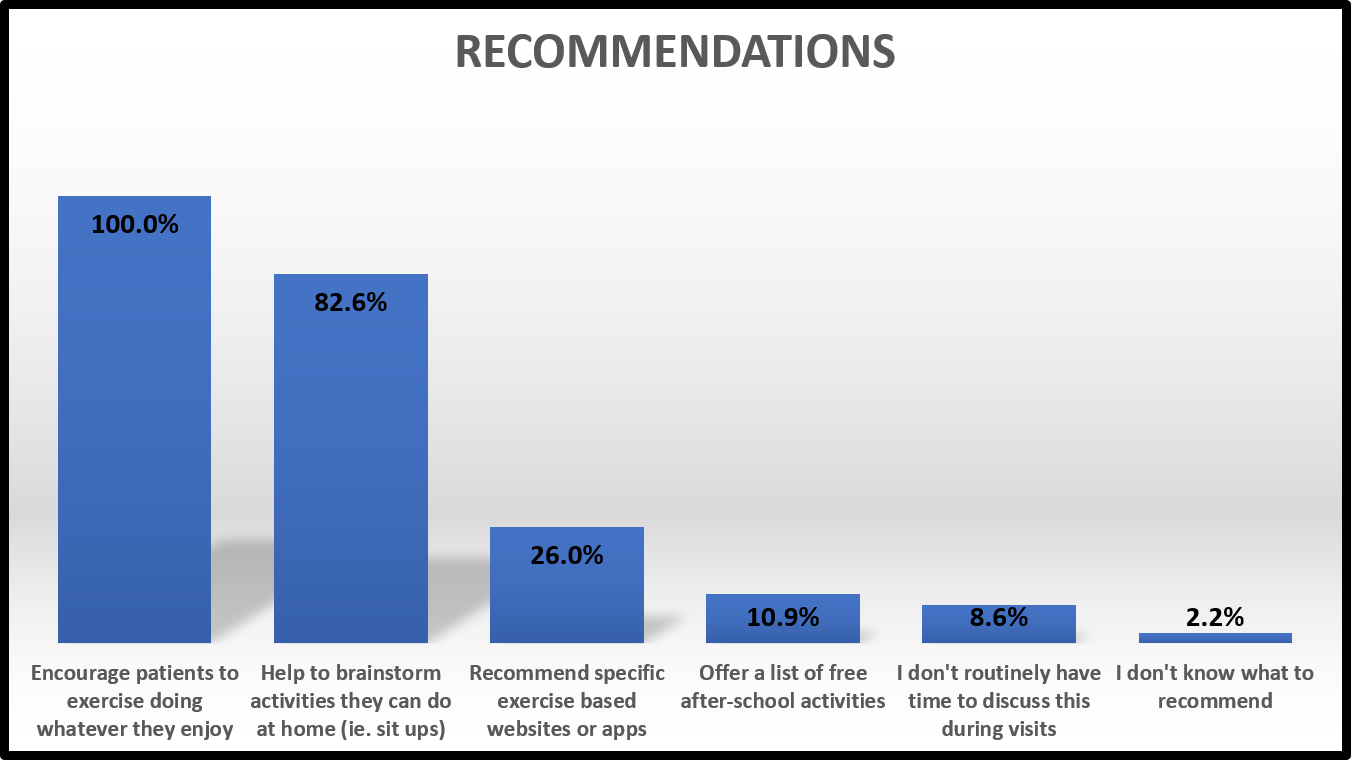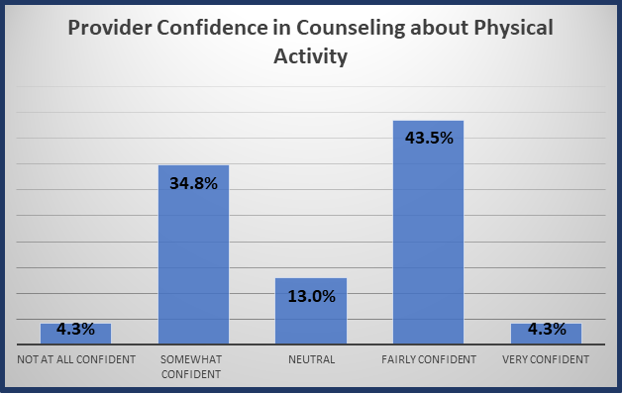Health Equity/Social Determinants of Health
Health Equity/Social Determinants of Health 9
576 - Access to Opportunities for Physical Activity is a Social Determinant of Health: Perspectives from Providers in an Urban Pediatric Practice
Monday, May 1, 2023
9:30 AM - 11:30 AM ET
Poster Number: 576
Publication Number: 576.413
Publication Number: 576.413
Susan D.. Gasparino, Golisano Children's Hospital at The University of Rochester Medical Center, Rochester, NY, United States; Cynthia Rand, University of Rochester, Golisano Children's Hospital, Rochester, NY, United States; Constance D. Baldwin, University of Rochester School of Medicine and Dentistry, Mendon, NY, United States; C. Andrew Aligne, University of Rochester School of Medicine and Dentistry, Rochester, NY, United States

Susan D. Gasparino, MD (she/her/hers)
Fellow
Golisano Children's Hospital at The University of Rochester Medical Center
Rochester, New York, United States
Presenting Author(s)
Background: Despite the numerous physical, mental, and social benefits of participating in regular physical activity, many children in poor communities have few safe opportunities for active play and exercise. Engagement in physical activity reflects not only a child’s willingness to participate, but also their social and physical environment. A recent community report noted that parents most want to learn about resources for active play and exercise available in their neighborhoods.
Objective: To assess 1) whether providers consider Social Determinants of Health (SDOH) in counseling patients, 2) how providers discuss physical activity with patients, 3) confidence in counseling, and 4) barriers and facilitators to counseling.
Design/Methods: We distributed a REDCap survey to all providers in a busy urban academic pediatric clinic. Twelve questions addressed knowledge, attitudes, and practices regarding counseling patients about physical activity. We used descriptive statistics to summarize the findings and a chi-square test to assess differences in counseling confidence associated with provider experience.
Results: We collected 47/55 surveys (85% response rate: residents 38%, APPs (Advanced Practice Providers) 19%, attending physicians 43%). All respondents agreed/strongly agreed that exercise is an important health care priority, and that SDOHs affect a child’s ability to participate in physical activity. Most respondents encouraged exercise and helped families brainstorm ways to increase activity, but only 11% offered families a list of free after-school activities (Fig.1). Nearly half of providers (48%) were very/fairly confident about counseling (Fig. 2). Years of experience did not significantly predict provider confidence (p=0.32). Barriers to counseling included a lack of knowledge of available resources in the communities where patients live, insufficient time during visits, and whether physical activity is a health priority for families. Open ended responses highlighted SDOHs such as transportation, access, and safety (Table 1). The majority needed a list of resources to share with patients.
Conclusion(s): Not all providers know how to navigate the social determinants that contribute to children’s lack of access to physical activity and provider confidence did not vary with years of experience. Providers expressed a need for an easily accessible resource list to provide to families to connect them with available opportunities.


.png)
